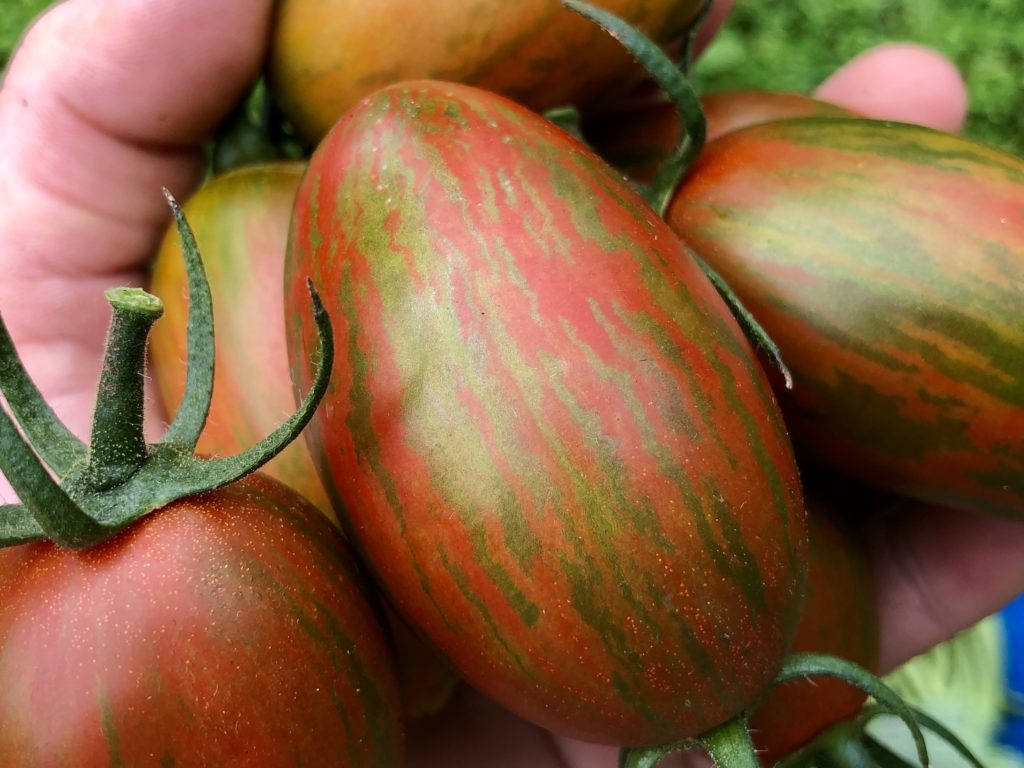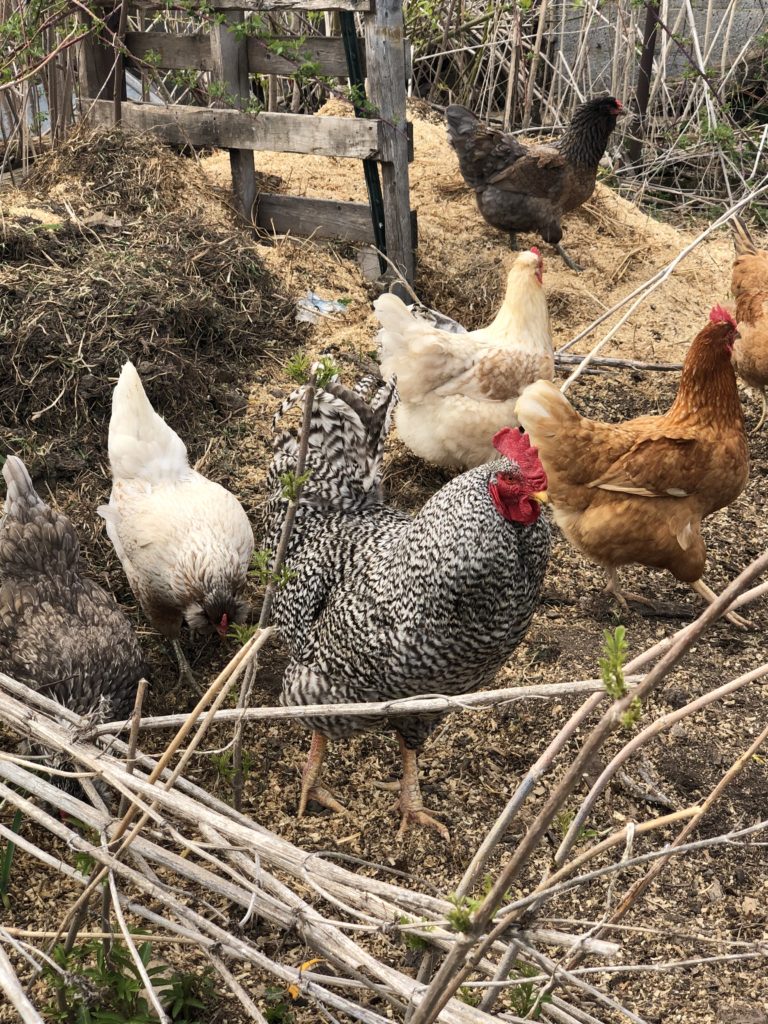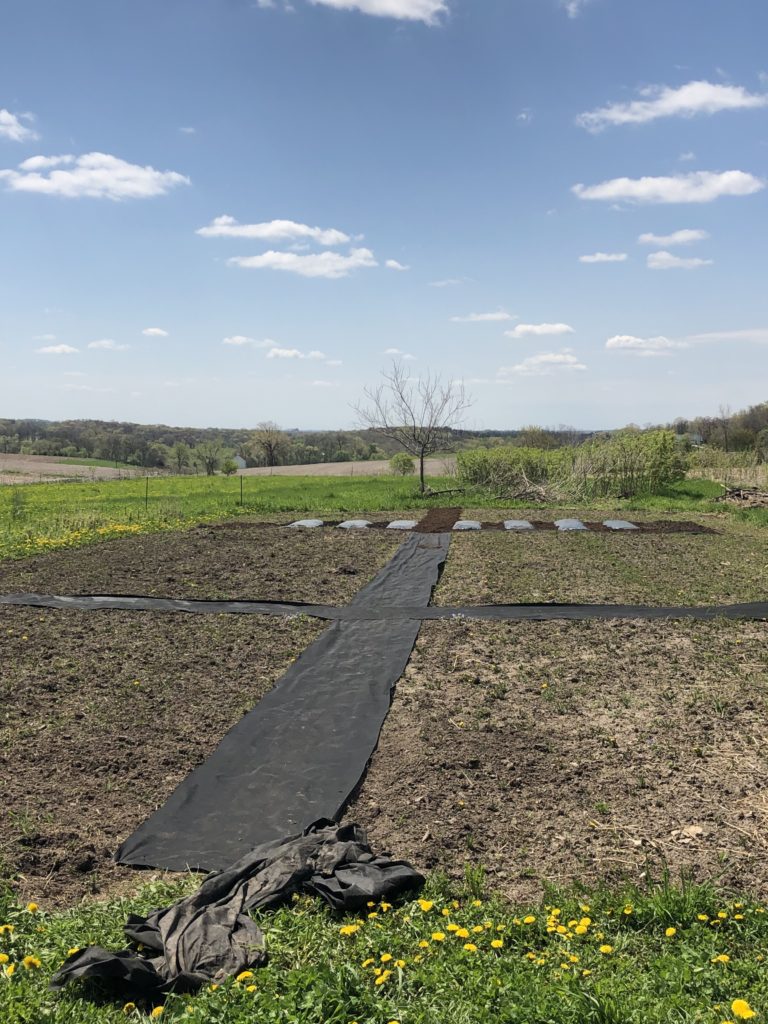It has been said that homesteading is a simple life of abundance, an independent more self-reliant way of living. It’s also dirty, smelly, hard work and kind of expensive when you mess up, because guess what? $60 tomatoes are a thing. Read on for this and other dirty truths of the home garden.
$60 Tomatoes. A latte in every bite.
Our first year growing food, I was pregnant with our oldest. I was walking around abundant and fruitful, and my garden produced accordingly; tomatoes, peppers and herbs in vast quantities from my few plants. It was immediately obvious, I was innately talented at growing things, I had a green thumb. No, more like, green thumbs. This was my calling, growing stuff. Obviously?!?! I need the eye-roll emoji.

Based on the success of our first year, we naturally expanded. More beds were created, trees removed, amendments added. I decided to grow from seed. I invested in starting supplies – pots and gloves and tools. I happily planted and those seedlings grew black on the stem and rotted before my eyes. The next step was to start more but they grew tall and straggly. I gave up and bought starts from Home Depot. I lovingly planted them all, even more than the previous year; tomatoes, peppers, herbs, peas, carrots, potatoes and onions.
Seeds did not sprout, the peas were planted late and produced nothing. The tomatoes, basil and peppers got sunburned and struggled. There were bugs and a fungus. Blight set in on my tomatoes. Most of the garden produced very little and while I did get some tomatoes, they had cracks or blossom end rot or blight. I did manage to harvest about 3 beautiful tomatoes. Those perfect few were cherished, and at $60 a pop, I should probably have preserved them forever. Each slice of tomato was the cost of my favorite Grande Vanilla Latte from Starbucks…which we now couldn’t afford because… Tomatoes…

At the time I had no idea that I had planted the peas too late to be successful. I didn’t know to prevent dirt splashing on tomato leaves or that I should have adjusted the plants with time in the shade before planting them out. No idea that once seeds sprout, you take the plastic cover off to let the seedlings breathe. I honestly thought all you needed to do was put them in the ground. It was a very expensive lesson but I was determined, and that winter, I started reading.
Some Dirty Truths of the Home Garden
That winter was probably the true start of our Homesteading journey, back in the Backyard gardening days. I loved reading the books, we all watched YouTube Videos and followed Homesteaders on blogs and podcasts. Sadly, not everything can be learnt from books and videos. For a start, they would often say, “This is so simple anyone can do it…” My experience so far…it may be simple but most of it isn’t actually easy and most of us struggle. There is a lot of room for error in all of it, from how and what you grow, to how much.
In her suburban backyard, a friend planted 60 tomato plants, 60 plants in an 8’x8′ raised bed. It cost her a few hundred to get set up and start growing. She didn’t stake the tomatoes and they grew everywhere, spilled across the lawn and over to the kids play equipment. They were overrun. As she slipped squishy tomatoes into my purse every time my back was turned she swore, never again. I suggested canning some. She pretended to throw tomatoes at my head. Considering she had just had a baby and had zero interest in canning, cannot say I blame her. Lesson learned, don’t grow more than you know what to do with. Everyone knows the summer game of zucchini ding dong ditch right?
Varmints
I used to think varmints was a made up word, like a nickname used for critters of the annoying sort. Varmint does actually mean a hugely irritating wild animal…I think the dictionary uses the word “troublesome”. In my experience, they don’t really need to be all that wild to be a pain the patootie.
My first ever planting on the homestead disappeared. Just vanished, there was one wilted broccoli leaf remaining our of 25 off plants (broccoli, cauliflower, spinach and kale). I put up a deer fence and replanted it but lost the lot again, finding mysterious holes at ground level. It actually took a third planting and a sighting on a rotten woodpile before we figured it out…a woodchuck. We did get a crop that year, eventually and very expensively.
We have had been plagues of rabbits (took out the first orchard planting and all my blueberries), mice, raccoons, moles, voles, squirrels, birds and woodchucks. Add in free-ranging chickens and pigs that like to escape, a dog that sweetly just wants to be close to you, actually in the lettuce bed and well, let’s just say I plant much more than we’ll need.
The dirty truth is, you will lose something every season to something else that wants to eat it or nap on it. Plant extras and have a plan for dealing with the varmints where you are (suburban and urban areas have them too). Can we say varmints, just once more for fun?

Bugs
We’ve lost entire crops to bugs. Flea beetles got the lettuce and chard one year, Japanese beetles demolished the raspberries, apple trees and plums and, colorado potato beetles the potatoes. Lots of cabbage worms ate my cabbages, some kind of bug got to the grapes. The worst was a web-spinning something that took down one of the pear trees two years ago. Webs covered almost the whole tree. Literal, nightmare.
We grow organically and really don’t spray if we can avoid it. We pick off bugs and drown them, squish caterpillars and encourage good bugs where possible. If you are planning on growing food, preparing by understanding what may attack your precious babies is useful and can limit losses.
The dirty truth is…
Have I scared you off yet? I hope not. Growing your own food is an exercise in resilience. You lose, you learn and you try again. Generally, I harvest something despite the problems above, or the weeds, heavens, the weeds! Some years will definitely be better than others which is why we keep track of our harvests. Knowing how much our time, effort and dealing with the dirty, actually nets us, in the end, is important. Iss it worth it? We wouldn’t keep going if it wasn’t..
You can plant a garden as I did all those years ago, and chances are you’ll harvest enough to make you happy. Some days I wish I had kept our growing to that small bed with lots of tomatoes and peppers and no problems.
There times though, as I kneel amongst chamomile and strawberries, listening to the rustling breeze from the pasture and watching the children shoo chickens from the pumpkin patch…ahh, those days I know in my soul that we chose the right path.
The dirty truth of the home garden is that once it’s in your blood, it’s there to stay.


Leave a Reply